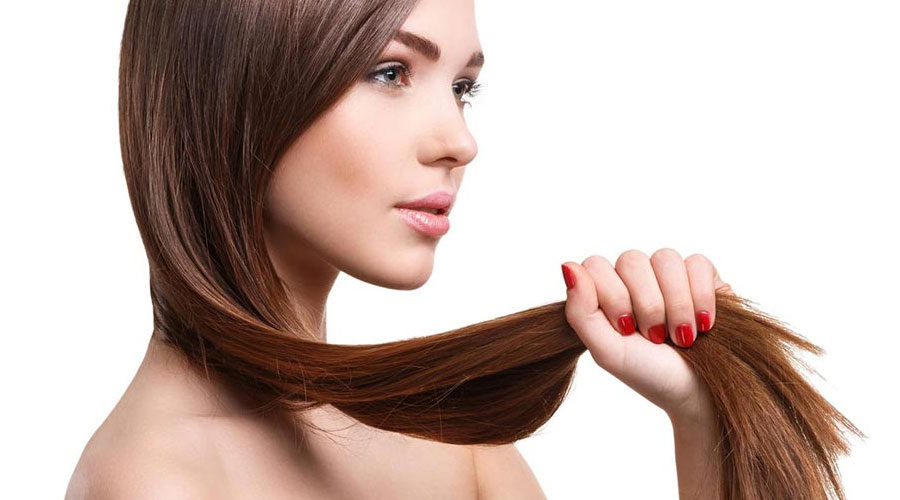
Licensed topical and oral treatments
Applying 5% minoxidil (Rogaine) liquid or foam to the scalp may help to slow down the progression of hair loss and partially restore hair. It is not typically available on national healthcare systems prescription and is expensive. The liquid or foam should be applied to the affected scalp (not the hair) using a dropper or pump spray device. It should be spread over the affected area lightly and does not need to be massaged in. Minoxidil can cause skin reactions such as dryness, redness, scaling and/or itchiness at the site of application and should not be applied if there are cuts or open wounds. It needs to be used for at least 6 months before any benefit may be noted. Any benefit is only maintained for as long as the treatment is used. Minoxidil solution may cause an initial hair fall in the first 2-8 weeks of treatment, and this usually subsides when the new hairs start to grow.
Cosmetic Beauty Accessories
Some affected individuals find wigs, toupees and even hair extensions very helpful in disguising hair loss. There are two types of postiche (false hairpiece) available to individuals; these can be either synthetic or made from real hair. Synthetic wigs and hairpieces, such as a toupee, usually last about 6 to 9 months, are easy to wash and maintain, but can be susceptible to heat damage and may be hot to wear. Real hair wigs or hairpieces can look more natural, can be styled with low heat and are cooler to wear.
A Cell/Platelet Rich Plasma (PRP)
Platelet Rich Plasma, also known as PRP, and the addition of A-Cell™ is a non-surgical therapeutic hair restoration option. PRP has been in use in the medical field for two decades, and offers some promising potential for stimulating natural hair growth. However, no definitive studies yet exist that confirms its efficacy.
Low-level laser therapy
Laser Hair Therapy is a low-level laser light treatment that in some studies seems to promote hair growth, slow hair loss and give hair a healthier appearance for both men and women. This process of stimulating hair follicles has been shown in some studies to grow hair, slow hair loss and give hair a healthier appearance.
Surgical treatments
Surgical treatment includes (i) hair transplantation, a procedure where hair follicles are taken from the back and sides of the scalp and transplanted onto the bald areas; and (ii) Scalp expansion, flap transposition, and scalp reduction, where a section of the bald area is removed and the hair-bearing scalp stretched to cover the gap. Tissue expanders may be used to stretch the skin.
